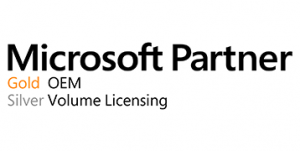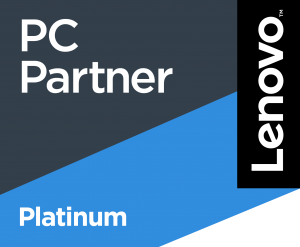Why are mobile devices like a needle in a haystack for IT?
When your business depends on response speed and access to data and email, ‘on the go’ availability is a must. However, more access brings more mobile data security threats. That is why it is rational to assess risks and have a well-thought-out protection strategy before adopting mobile device usage across your business.
As part of our series of blogs highlighting the pitfalls of cyber security for business, this week we’re looking at why mobile devices with access to business data can prove to be a needle in a haystack for IT to keep track of.
Mobile devices – a needle in a haystack for IT
An employee’s mobile device is an interesting target to a broad array of cybercriminals. Some are looking for corporate intellectual property (and according to Kaspersky’s “IT Security Risks Survey 2018,” employees in 1 in 5 enterprises access corporate intellectual property using their personal mobile devices and tablets). Others think that your contact list is good loot — it can be used for spear-phishing attacks on your colleagues.

While those are rather exotic threats, don’t forget about more widely distributed malware that doesn’t target a specific business. Last year, our systems registered 42 million attempted attacks on mobile devices. They included a variety of Trojans that tried to hijack social media and bank accounts, ransomware, and more. They may not sound as scary as targeted attacks, but they can cause plenty of harm, especially if the accounts in question are corporate ones, and the situation is especially common in small and medium businesses.
Mobile specifics
The main problem with mobile devices is that they do not stay inside a company’s security perimeter, which makes pinpointing the threats akin to searching for the proverbial needle in a haystack for IT. They can be exposed to unsecured public Wi-Fi or just be lost or stolen. When employees use the same device for both work and personal activities, more problems pop up. An employee might accidentally download a compromised application preloaded with a spying module or ransomware, for example. They might try to root or jailbreak their device and expose it to even more threats.
Some of the problems with mobile data security — unfortunately, not all of them — can be solved with mobile device management and enterprise mobility management solutions. To resist sophisticated malware, companies need an additional level of protection.
How to prevent business mobile security breaches
Kaspersky’s ‘Security for Mobile’ solution was recently updated to include machine-learning-assisted technologies with cloud-based threat intelligence mechanisms to bring threat prevention, detection, and remediation to mobile platforms and thus keep your business information safe.
For example, Kaspersky Security for Mobile can detect if an employee’s smartphone or tablet is jailbroken or rooted (bad enough if the employee did it, but worse if done without their knowledge). Our solution also provides application control, Web traffic control, antiphishing, and antispam subsystems to corporate devices.
Kaspersky Security for Mobile integrates with Microsoft Exchange ActiveSync, iOS MDM, and Samsung KNOX platforms; and Kaspersky Security for Android (a part of this solution) is also compatible with VMware AirWatch and MobileIron. That compatibility allows your IT staff to configure and control security management for most widely used mobile devices.
Want to find out more?
As Kaspersky Platinum Partners, Complete IT Systems can offer you expert advice on the solutions and how they could be effectively deployed in your business.
To find out more please call us on 01274 396 213 or use our contact form and we’ll arrange a good time to call you back.












